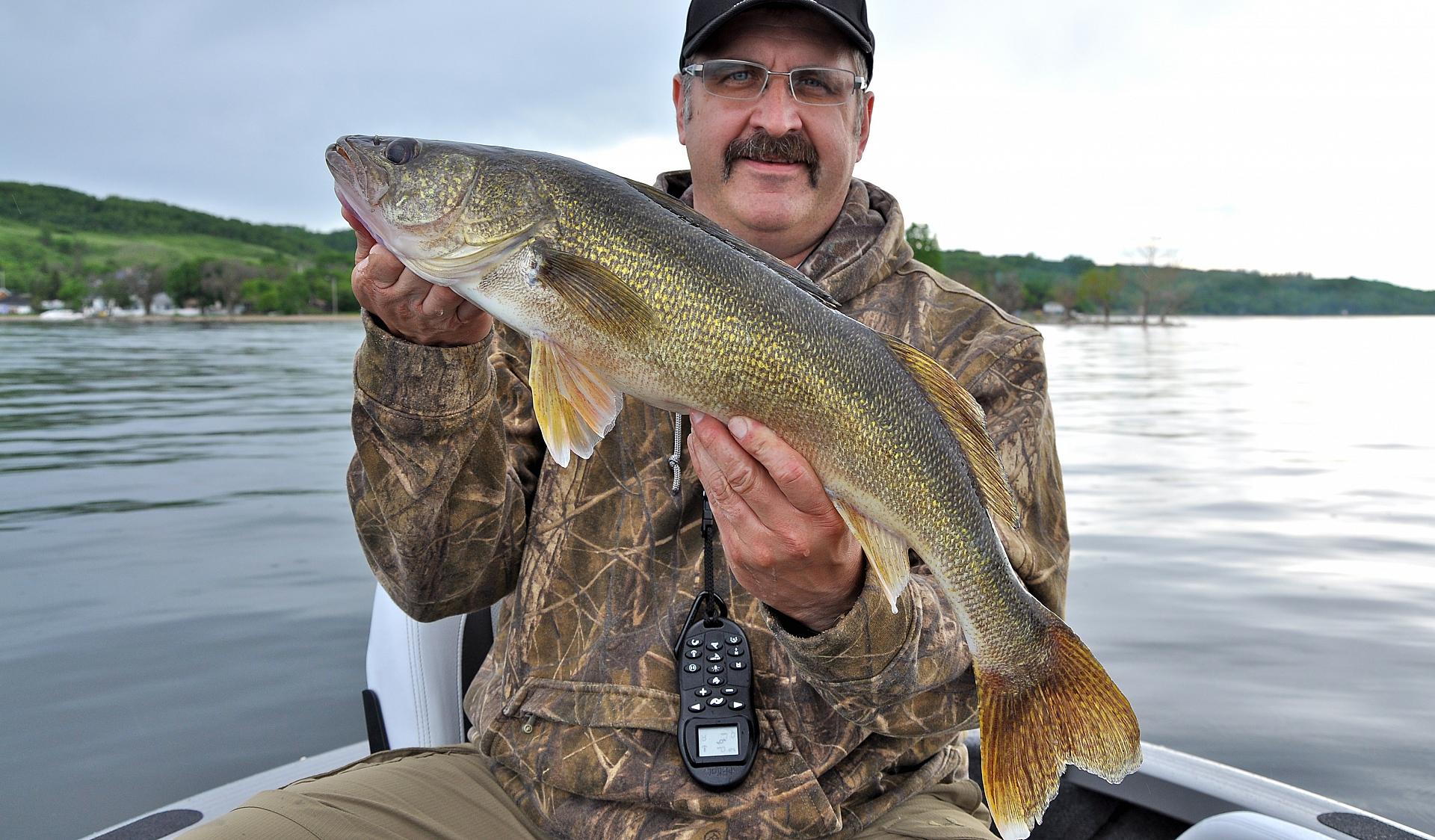EARLY 'EYES
Tips for targeting walleye when the water’s cool and the days are still short
Advertisement
Illustration: Keith Milne
Advertisement
#4 Slow-troll live bait rigs
Slowly trolling a floating jig or a live-bait rig—often referred to as a Lindy Rig—are also great presentations for early-season walleye (above). Leeches, nightcrawlers and minnows make great baits for these set-ups, trolled at one-third to a half-mile an hour. Both presentations are best used with a walking slip-weight, which slides to the end of the main line behind a snap swivel. Attached to the swivel is a length of leader material tied to either the floating jig or live-bait rig.
The beauty of these rigs is they offer a variety of sub-presentations. With the floating jig, for example, the length of the leader can be adjusted to match the conditions. In deep or stained water, a short 12-inch leader is often the ticket to success, while in shallow or clear water, a longer 36-inch leader is usually needed to keep the offering in the strike zone long after the boat has floated over top of it. And for light biters, I’ll sometimes add a stinger hook, using the likes of Northland’s Gum-Drop Sting’n Floater.
As for live-bait rigs, they can be fished with a single hook, a hook with a bead, or a hook with beads and floats. The more accessories you add, the higher the rig will float in the water column. And as with the floating jig, the length of the leader can be adjusted as needed.
Advertisement
Fish with the bail open, and once a strike is detected, allow the fish to take line so it has a chance to completely take the bait and hook. After a few seconds, close the bail, reel in the slack line and set the hook as soon as you feel the fish.
For these rigs, you’ll want a spinning reel spooled with six-pound fluorocarbon, and a 6½- or seven-foot medium-power, extra-fast-action rod. The sensitive tip allows you to feel strikes, while the rod’s strong backbone is good for fighting fish once the hook is set.
Advertisement


